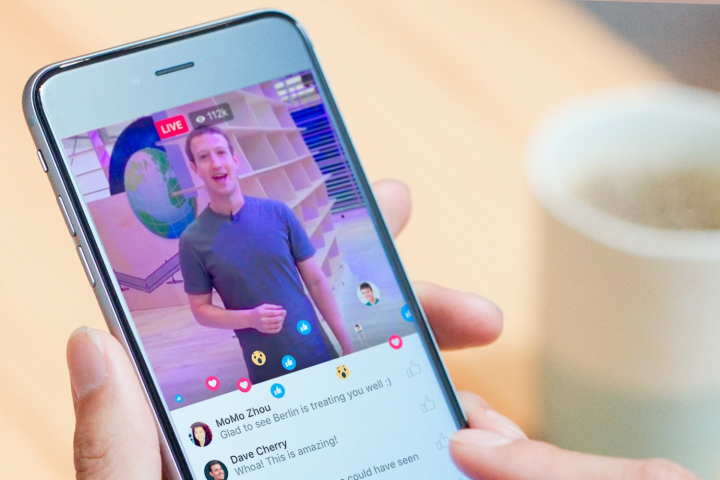
The changes, spotted by The Next Web, are not visible to all users yet and may receive further alterations before widespread release. It is not a monumental update — there is now a categories menu above the main feed, filled with colorful icons that help you drill down to find the kind of content you are looking for. But it is a useful addition that should flesh out the section of the app. Formerly, the tab was just a never-ending stream of videos lacking any organization.
It’s important to note that in recent months, Facebook has distanced itself from exclusively serving live video. This was a change foretold by The Wall Street Journal in March and the current iteration of the tab provides the same kind of content you expect to see in YouTube suggestions.
With such a rapid expansion in the types of videos users will encounter, it makes sense that Facebook would add a category view to filter a much larger stream of media. There are videos from pages you follow, pages your friends follow, and videos based on your interests — without chronological order. Although there is a propensity to suggest new content, the app on one of our devices brought up videos from as far back as seven months ago.
Still, do not take that to mean Facebook is leaving behind live content entirely. Just a couple weeks ago, the company added closed captioning to its Live API, which translates audio into text on the fly. Meanwhile,
Editors' Recommendations
- Android 15 might add a new way to charge your gadgets
- Motorola’s new Android phone looks amazing, but there’s a catch
- This company just announced lots of new Android phones, and they look great
- How to reset default apps on an Android phone or tablet
- Google just announced Android 15. Here’s everything that’s new

